COLORADO SPRINGS, Colo.-Varicolored and multi-sized balls collided--or more often not--in mid-air, whilst foam rockets zoomed zanily on trajectories aimed more or less at a missile mounted on the gymnasium wall. Eager students hunted clues via mysterious machinations on whiz-bang gadgetry courtesy of U.S. Space and Missile Defense Command/Army Forces Strategic Command (SMDC/ARSTRAT) Soldiers.
All of the above and more took place at the Galileo School of Math and Science on multiple occasions when Soldiers of the command's two brigades volunteered to teach applications of the vastly differing sciences to the budding young scientists and mathematicians at this magnet middle school. The sessions are part of a new partnership between Colorado Springs School District 11 and the command.
The deal was sealed in a ceremony in March when the Deputy Commanding General for Operations of the command, Brig. Gen. Kurt S. Story, signed an agreement with District 11 leaders in a ceremony at the school. They signed a formal document and also a huge banner, later held up by the children, which combined the emblems of the command and of the school district.
Story scorned the podium and ambled casually back and forth in front of the bleachers full of children, parents and teachers as he described the partnership and what he expected from it.
"I'm a hands-on kind of guy, so I wish I'd had this sort of help when I was in school. I think having the Soldiers working with the students, showing them applications of math and science in the incredible ways we're using them today, can only be good."
One brigade, the 100th Missile Defense Brigade, Ground-based Midcourse Defense, a Colorado Army National Guard unit on full-time duty with the mission of defending the nation against ballistic missile attack, taught the students about the intricacies of the science behind the "bullet-hitting-bullet" technology of the intercept system. Hence, the multi-hued and multi-sized balls thrown across a volleyball net in mostly vain attempts at collision. The rarity of such a happening was a small example of how hard it would be for one missile to find another in the vast emptiness of space.
1st Lt. Lynsey Yoder oversaw the (mostly) non-colliding balls experiment. She was very enthusiastic about the children's involvement in the partnership program.
"First, these kids are brilliant. Before we even began teaching them, they probably knew more about space and missile defense than your average citizen. As time went on, they'd ask us questions that sometimes we'd have to go back and do research on to give them the correct answer for, so they really gave us a mental work-out too. I have a background in teaching, which is why I volunteered for this program, but it ended up being a great experience all around."
Another fun but educational experiment involved shooting foam rockets at a large and looming enemy missile poster posted on the gym wall, simulating how the 100th's interceptors would actually be employed in knocking out a nuclear missile aimed at the United States. The science of trajectory was discussed, and students were awarded points for how close they physically came to hitting the target.
Sixth grade student Jarod Hawner said, "It's definitely not as easy as it looks. I had to try three times before I came even close to hitting the missile. We used math skills to figure out the best way to launch, from which position, etc."
Another 100th MD Bde. volunteer, Maj. Kyle Zablocki, described his six-month stint teaching about rockets, saying, no pun intended, "We had a blast."
"All total, it was seven visits. Each visit, we taught eight classes, so in some ways it was literally physically and mentally draining, especially keeping up with these bright kids. My hat goes off to teachers everywhere! But I'm eager to do it again, because engaging these kids in pairing theory with reality was an exciting process. We taught them about what we do as a unit, taught them the science behind it, and then let those fantastic brains of theirs figure out just how hard it really is to do what we do."
1st Space Brigade volunteer Capt. Gary Kelly, whose brigade's mission is to conduct continuous global space force enhancement, space support, and space control operations, taught during the recent summer school session. As his command's communications officer, teaching the children how to use the Global Positioning System came naturally.
"We began with a mini-Space Fundamentals course, all about orbits, trajectories, satellites, space control - some of the history of the Army in space and how it all ties in together with our current space dominance. After that, we narrowed it down to the GPS and how, although it originated as a military system, it's widely utilized by the civilian world today," said Kelly.
"We then got into the details of how to use the system, and learned on the school provided Magellan hand-held navigation devices," he continued. "We talked about satellites and triangulation, learned about latitude and longitude, map reading and land navigation. All that learning culminated in a "scavenger" hunt, in which the students had to locate eight landmarks (all located on school property) by grid coordinates using the GPS.
It was very rewarding. I'd say the best part was seeing how a child...learns conceptually, then learns to actually apply it. The kids took that information and ran with it, taking it to third and fourth level effects. I'd say they were at collegiate level understanding by the time we were done."
Sixth grade science whiz Haydee Rosas commented, "It's seriously cool having Soldiers in here teaching us how they use the science and math that before this, was only in the books..."
Who ever knew math and science could be so much fun'
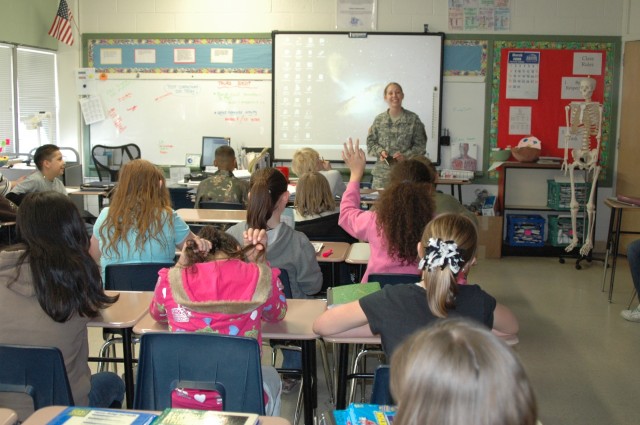

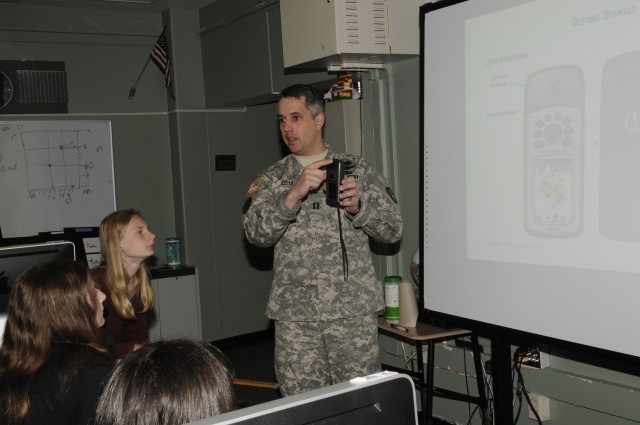
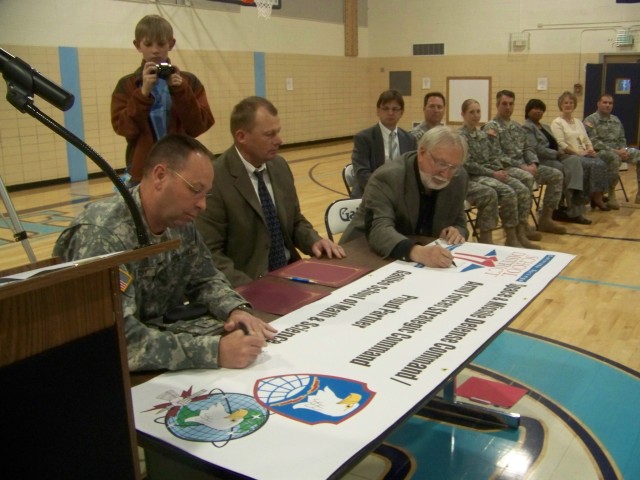
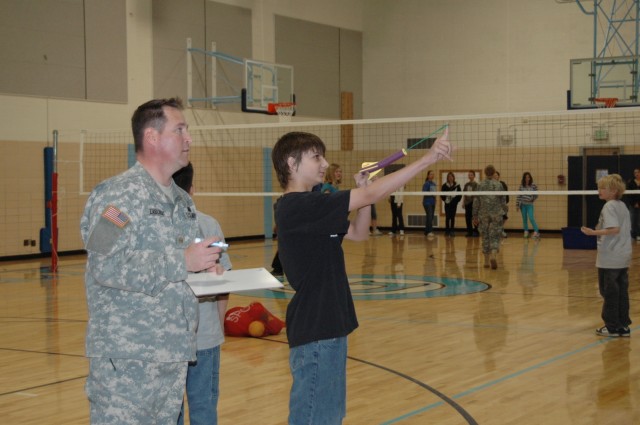
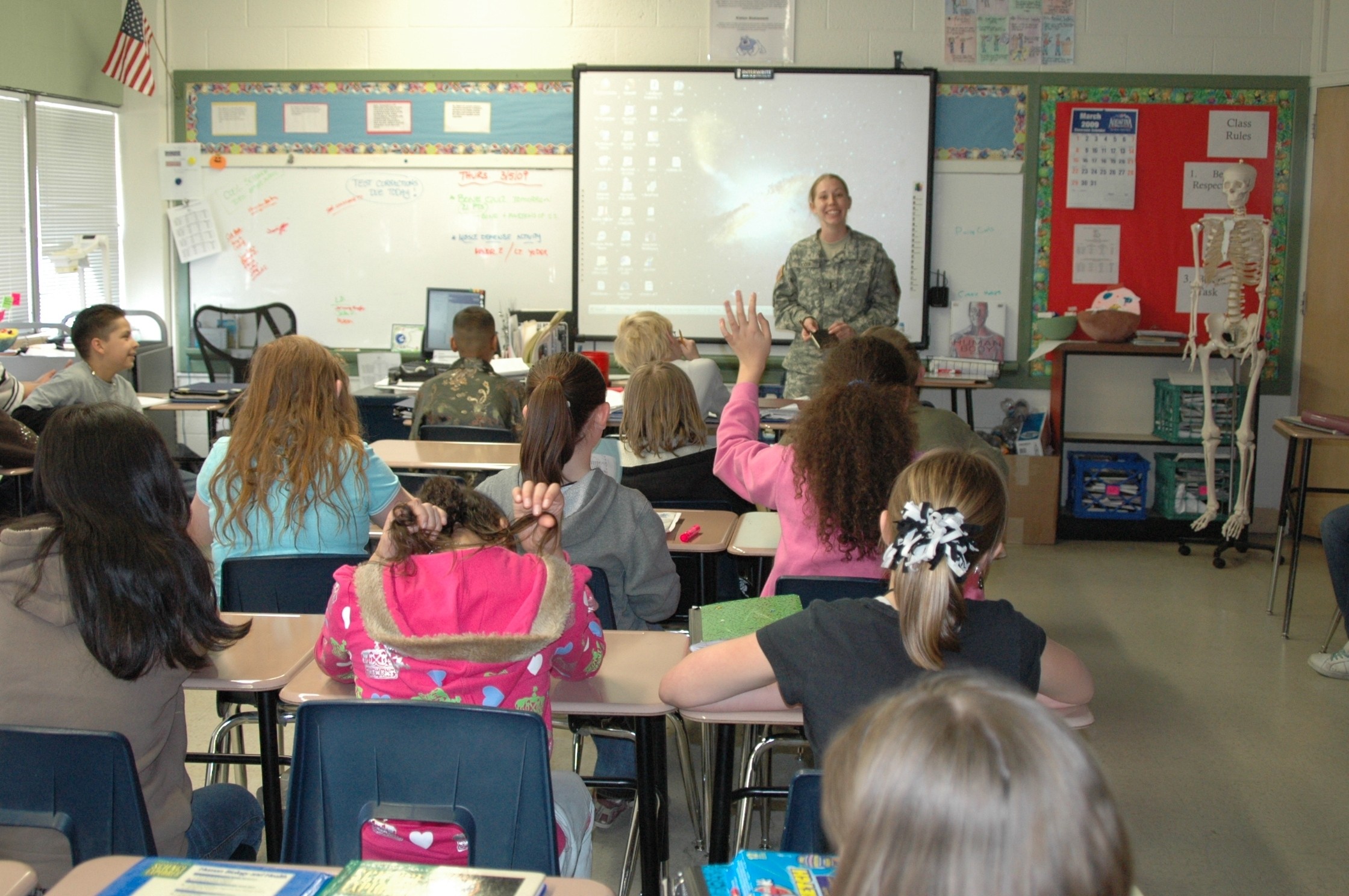
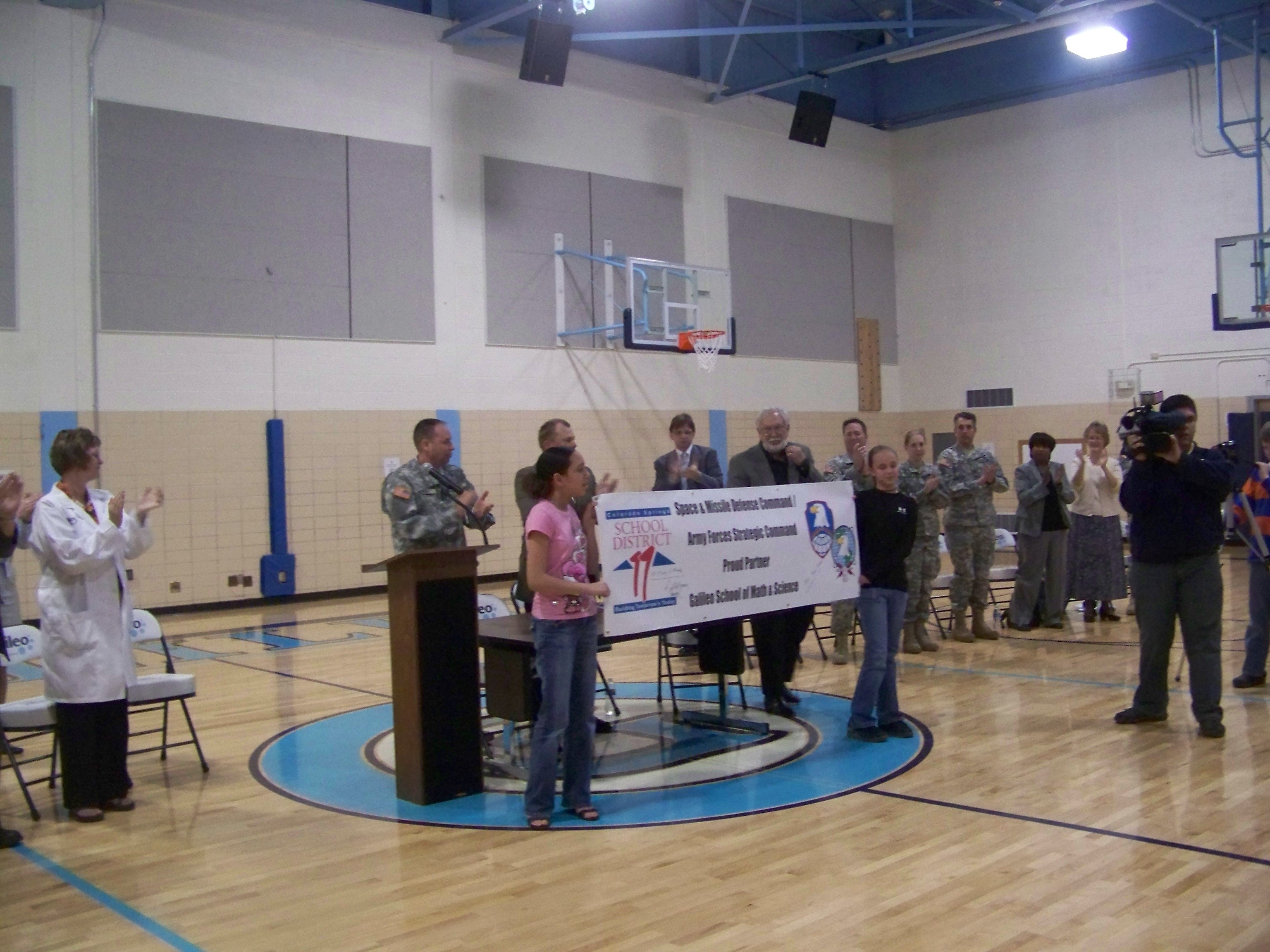

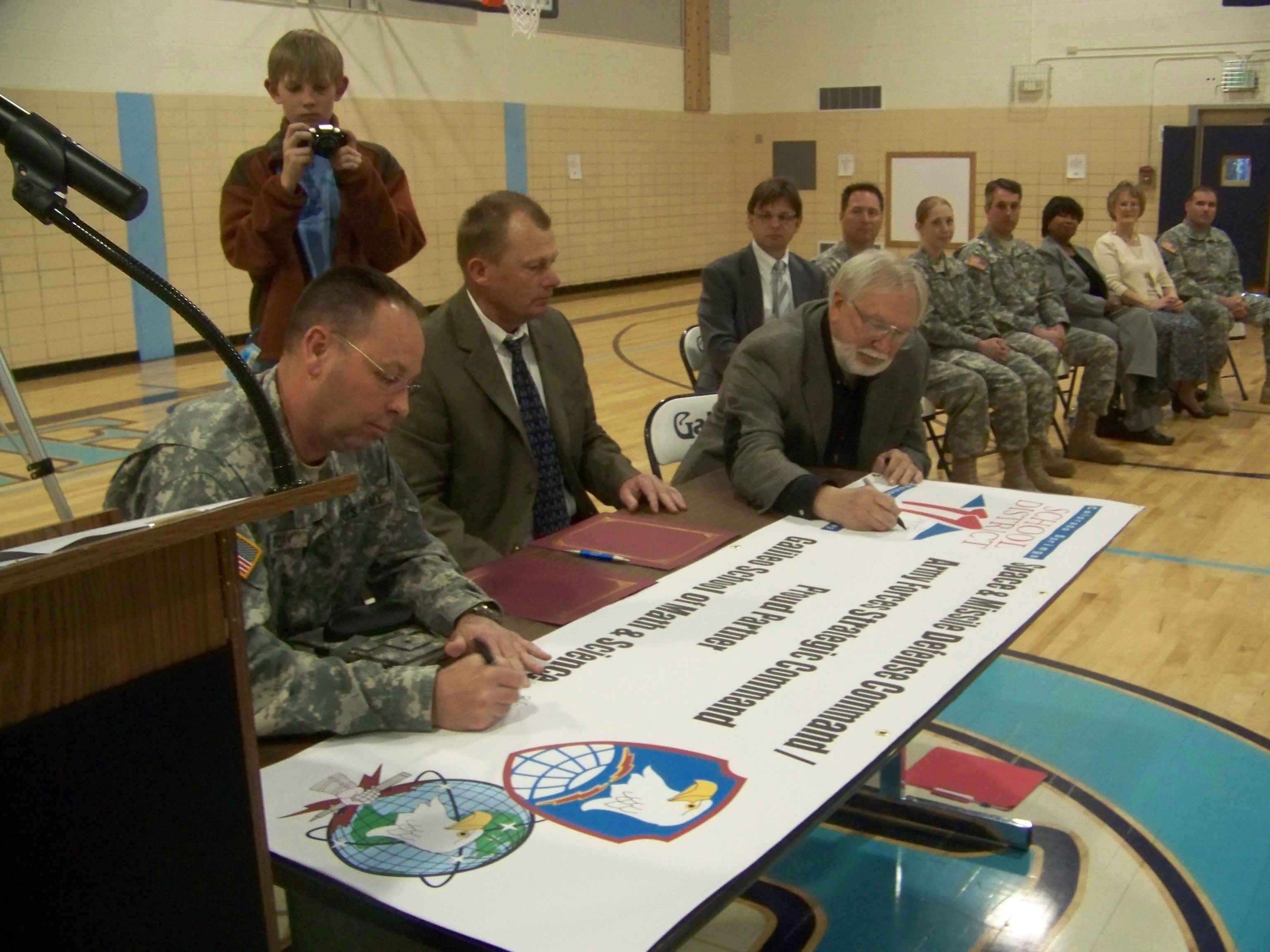
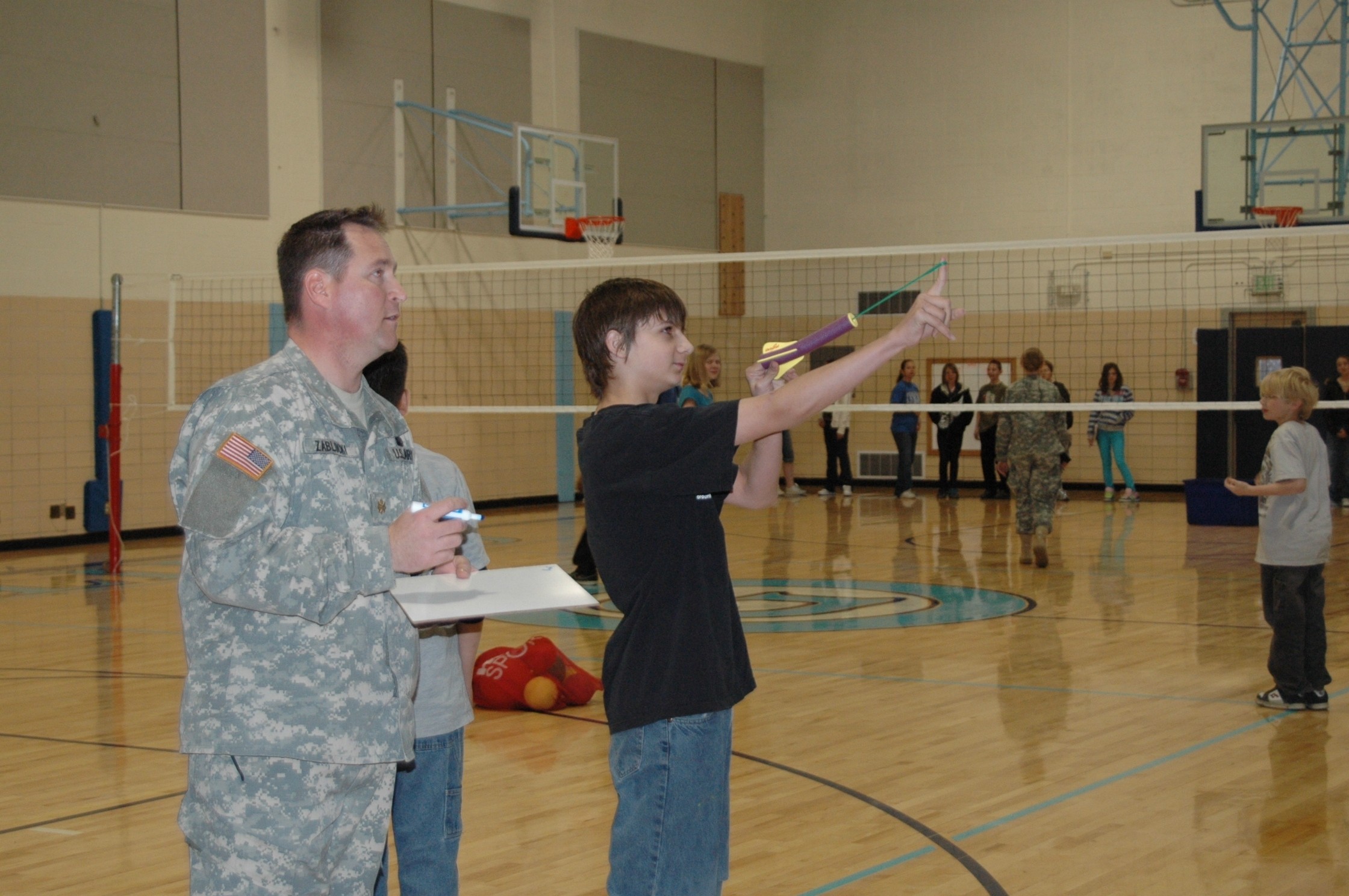
Social Sharing